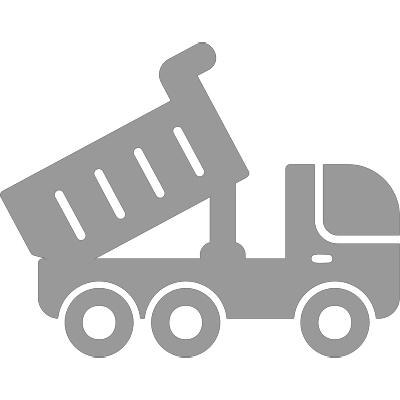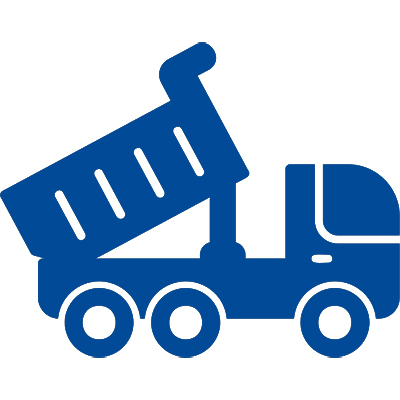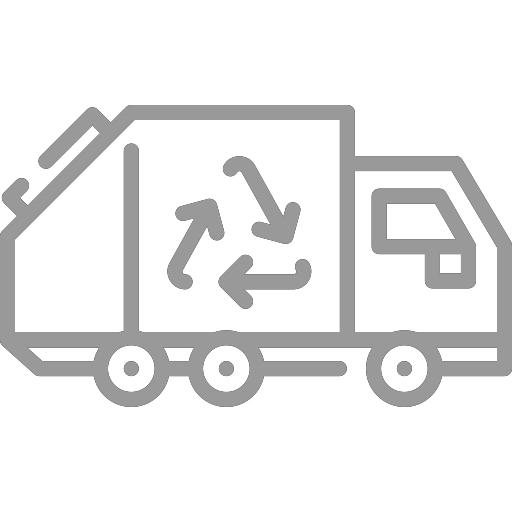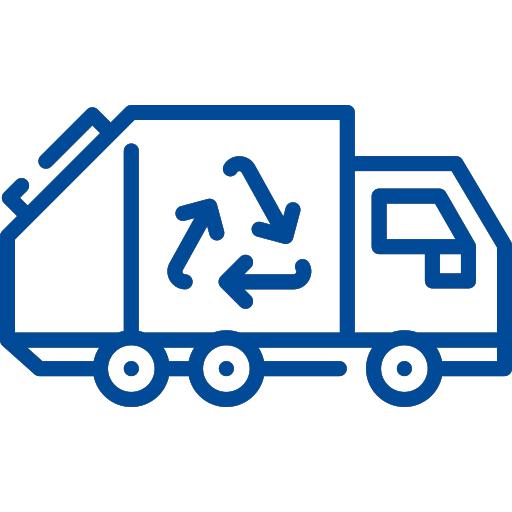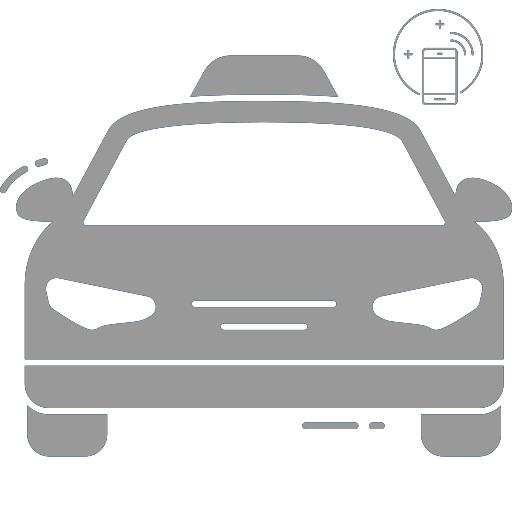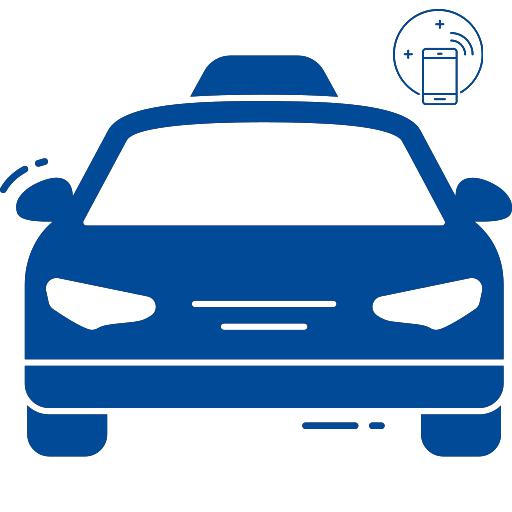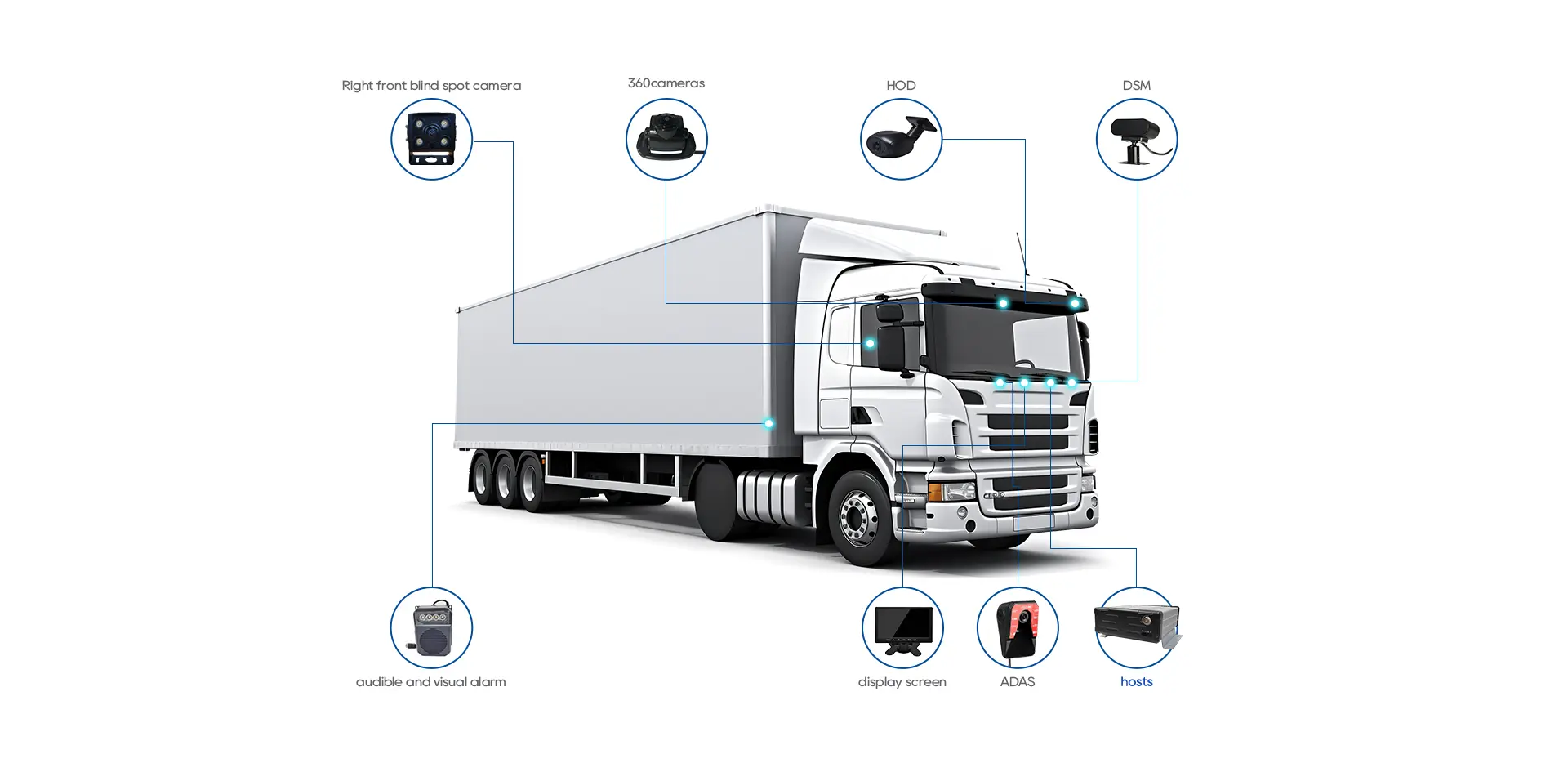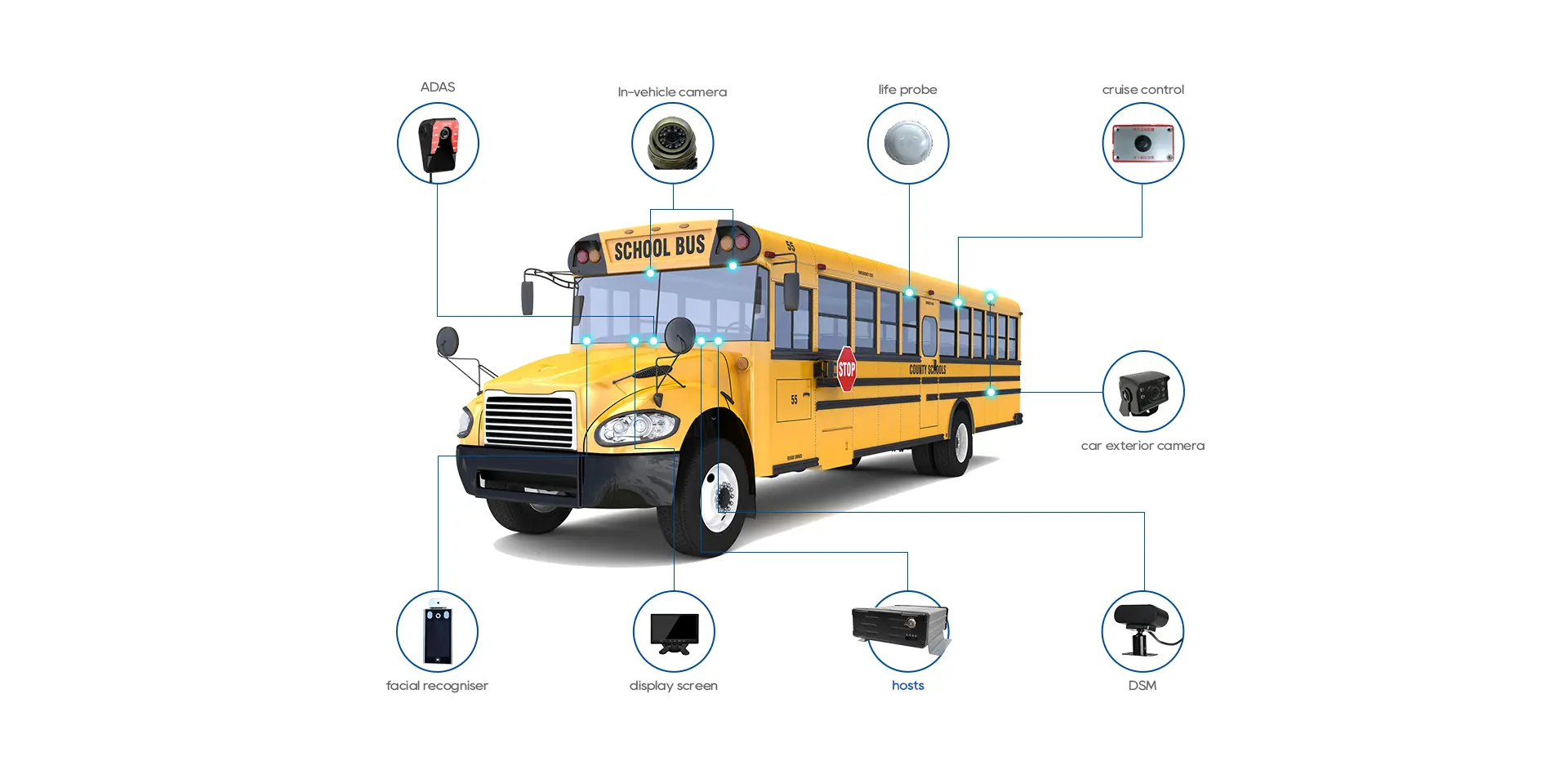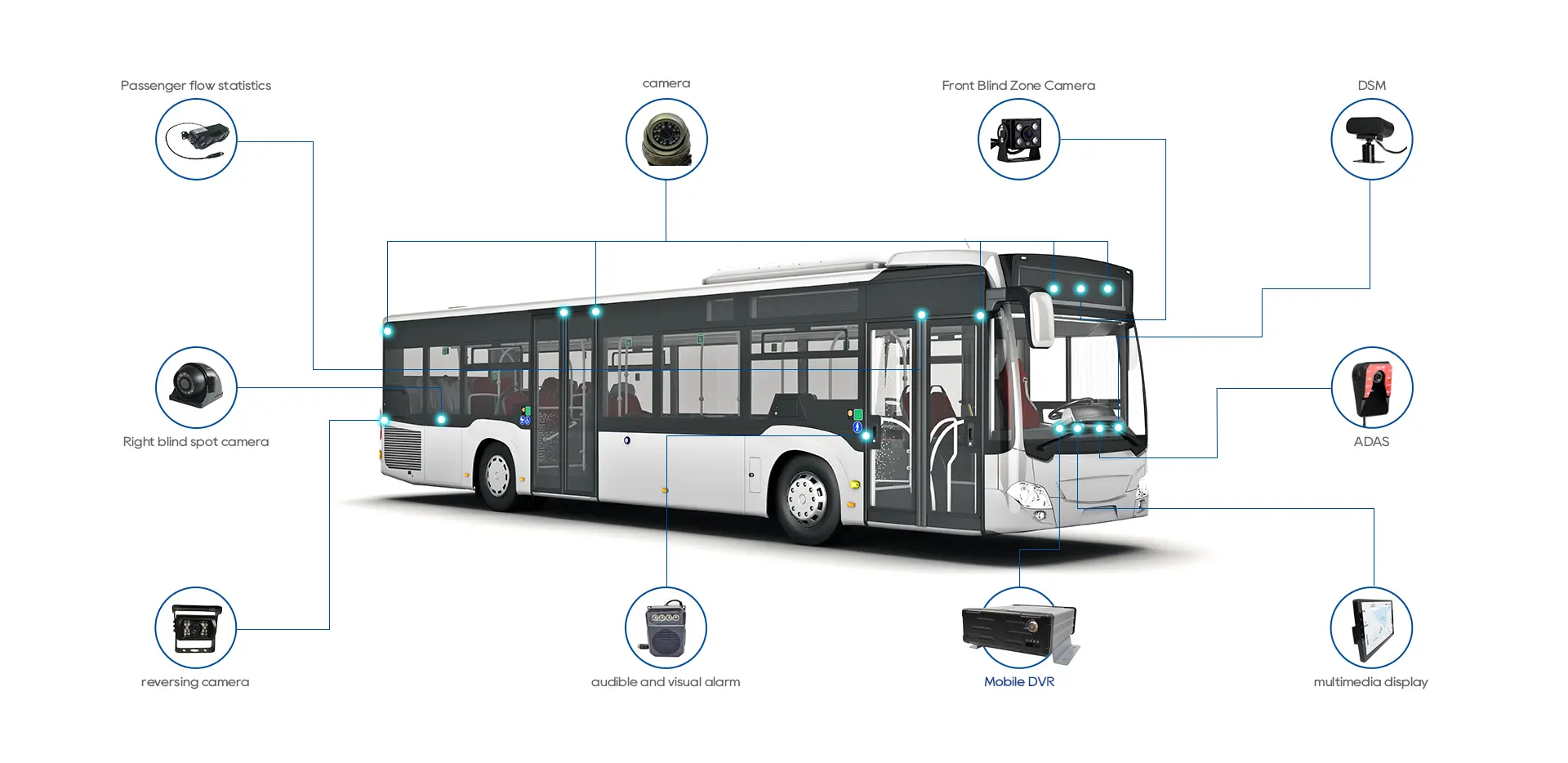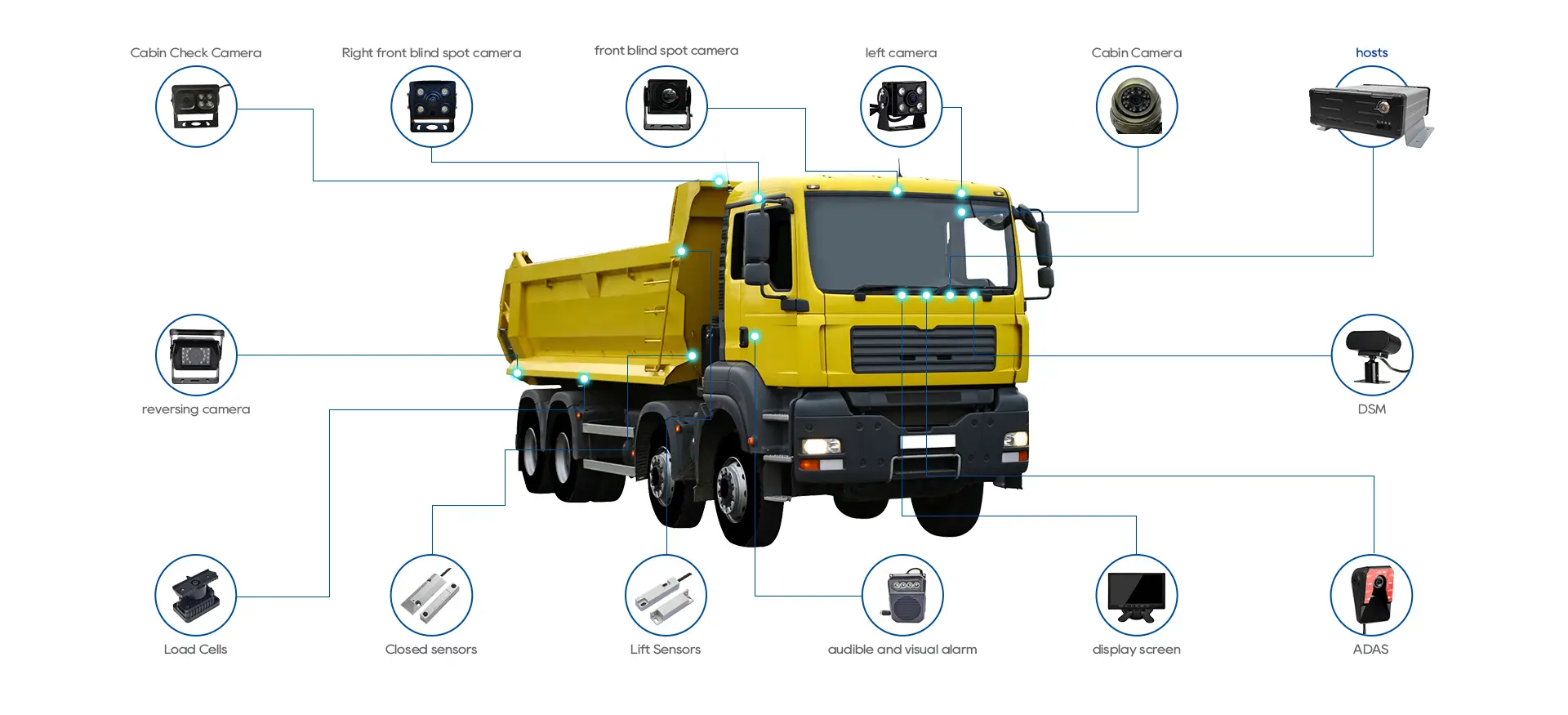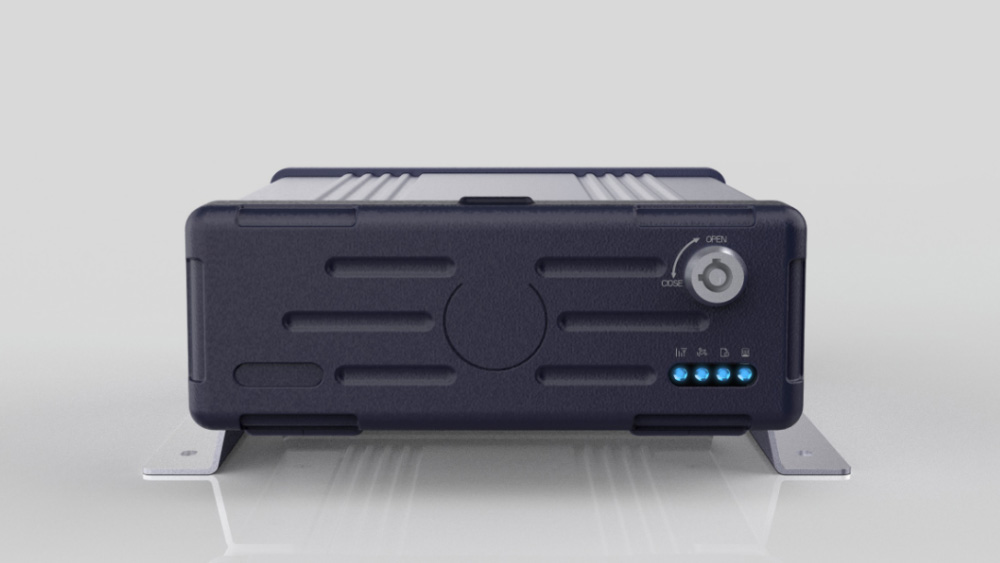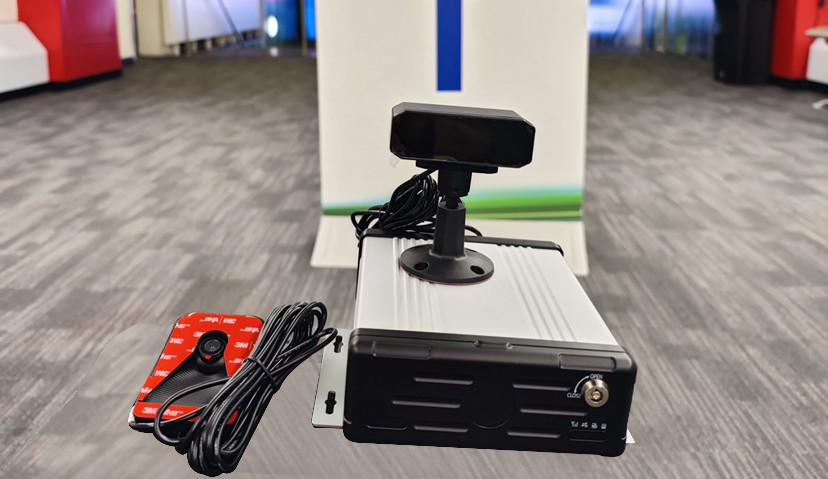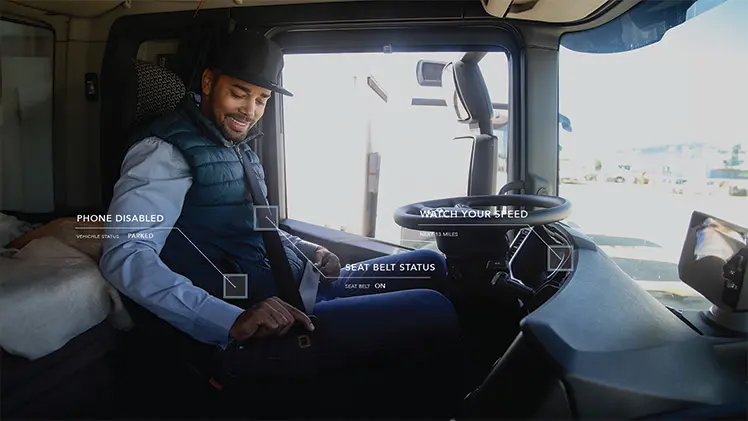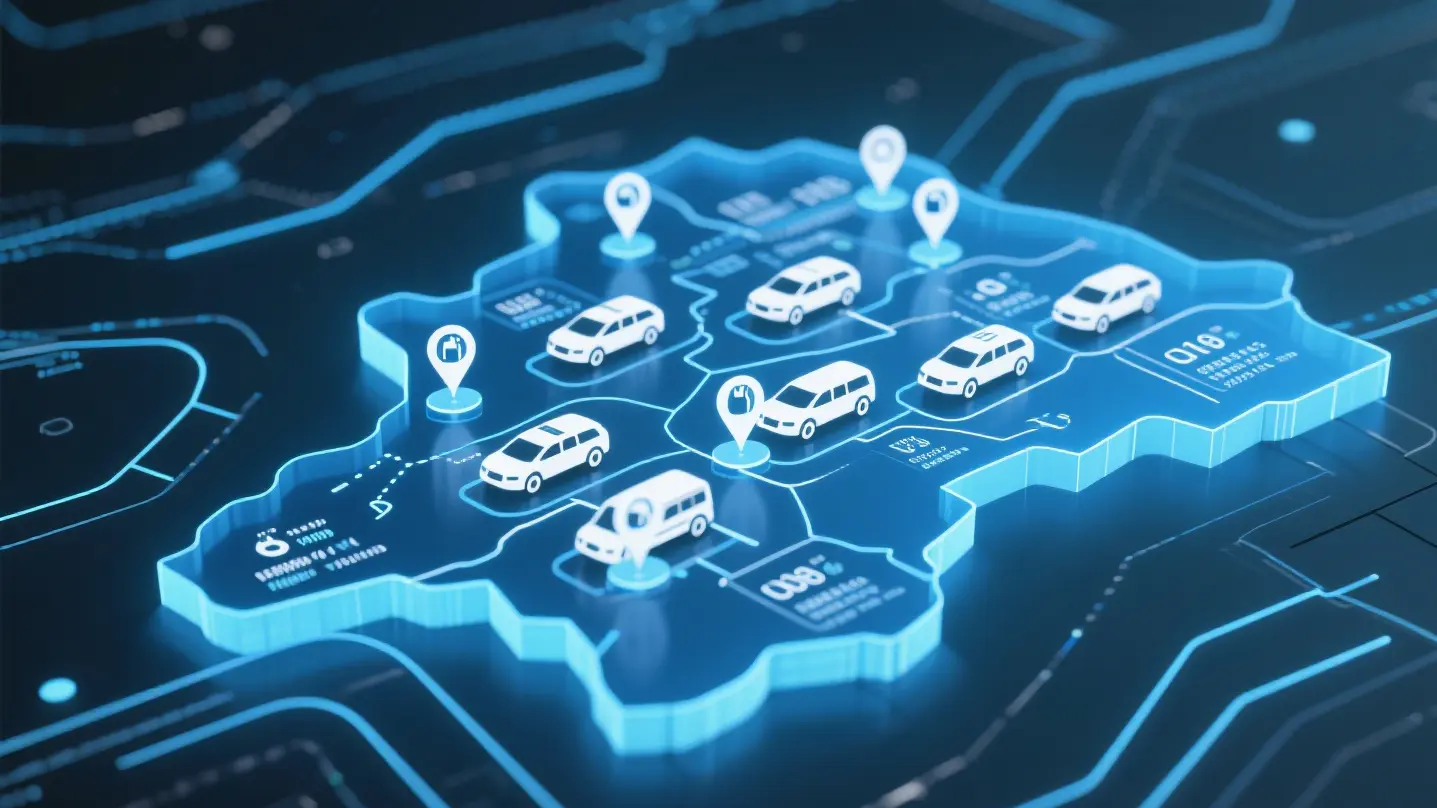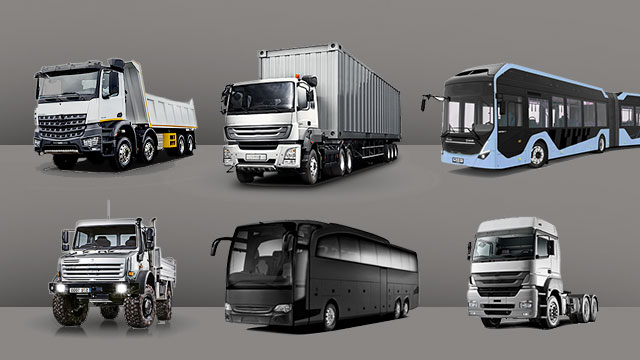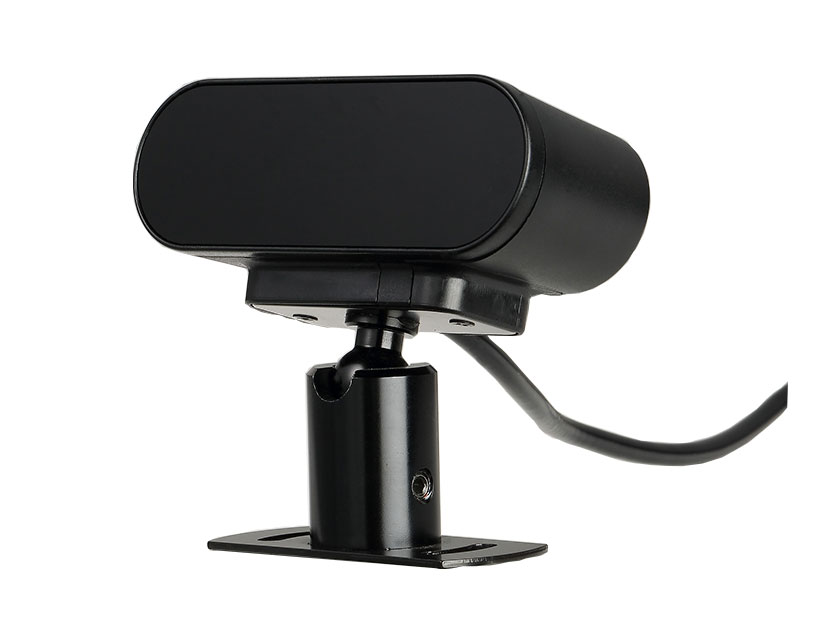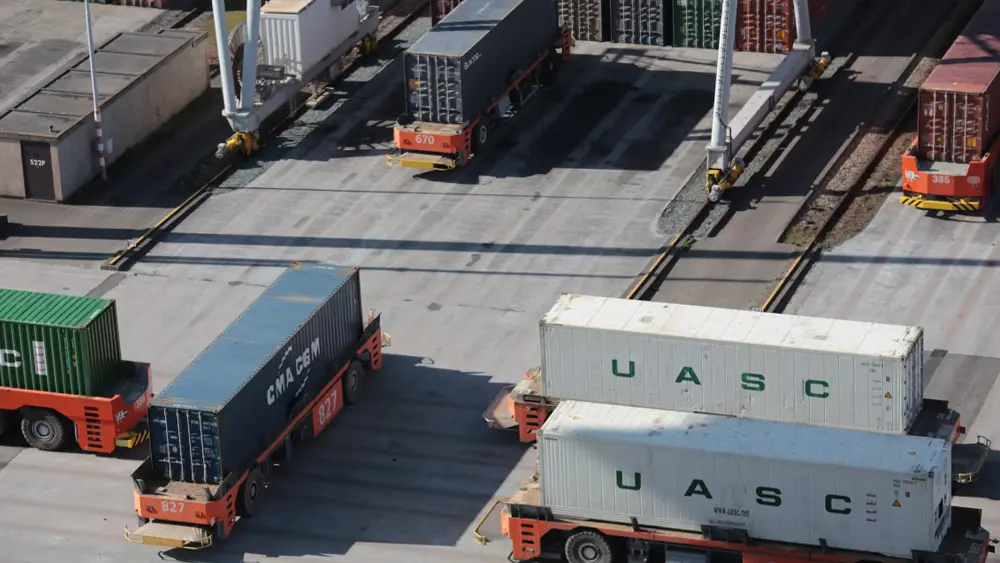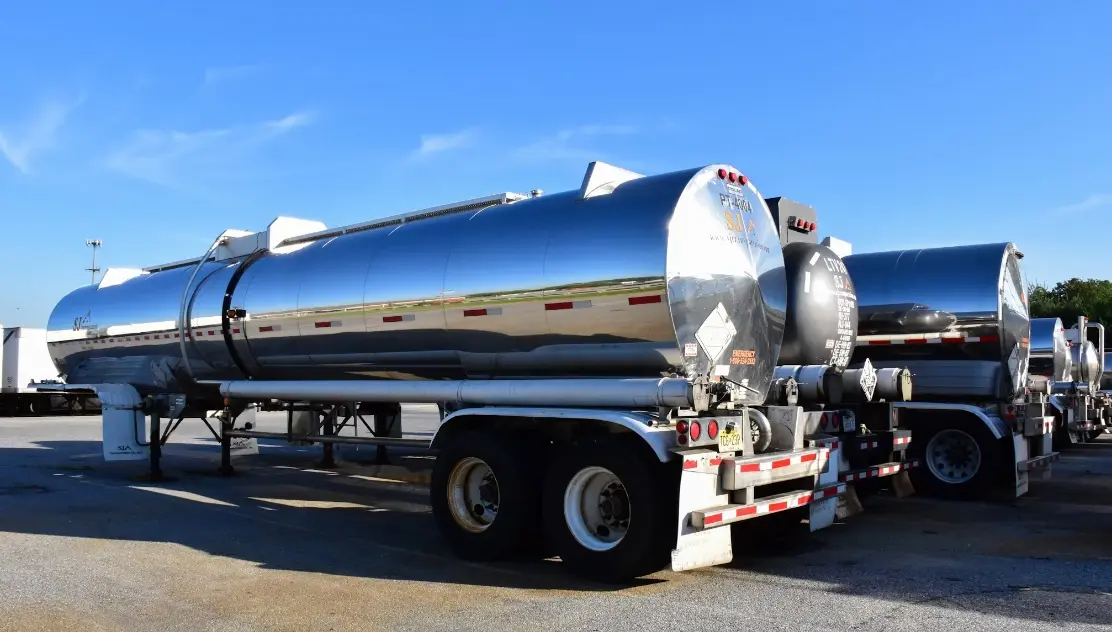What is a Vehicle Monitoring System? How much?
What is a vehicle monitoring system?
The vehicle monitoring system (IVMS) refers to a collection of electronic hardware products installed on fleet vehicles, such as in-vehicle surveillance cameras, GPS trackers, ADAS (Advanced Driver Assistance Systems), and DSM (Driver State Monitoring) systems. It is used to monitor driver activities and assist in identifying behaviors such as speeding, harsh braking, rapid acceleration, drunk driving, fatigue driving, phone usage, and distraction. It can help reduce accidents and ensure the safety of the vehicle, occupants, and belongings.
How much does an Vehicle Monitoring System (IVMS) cost?
The cost of an In-Vehicle Monitoring System (IVMS) includes hardware components such as cameras (with a cost of $25 per camera), DVR ($125), dash cams, display screens, software systems, and additional configuration functionalities. For specific requirements and a detailed quotation, you can leave a message on our website or contact us via email (hello@yuweitek.com), and we will send you an official quotation within 5 hours.
YUWEI in vehicle monitoring system (IVMS)
For more information please read:Fleet Cameras system
What are the components of a vehicle monitoring system?
1. GPS tracker: Used for real-time vehicle tracking and navigation.
2. In-vehicle surveillance cameras: Typically mounted on the front, rear, and inside of the vehicle to monitor driver compliance and capture driving data.
3. ADAS and DSM systems: Monitor behaviors such as speeding, harsh braking, rapid acceleration, drunk driving, fatigue driving, phone usage, and distraction.
4. Alarm system: Includes one-touch emergency alarm functionality.
5. Display screen: Supports 360-degree surround view for parking assistance.
6. Dashcam and Mobile DVR.
How does a vehicle monitoring system (IVMS) reduce accidents?
1. Improving driving skills: Studies have shown that remote vehicle information processing helps reduce accident rates, so IVMS can enhance driver skills through monitoring.
2. Reducing speeding accidents: IVMS can monitor vehicle speed and alert drivers, thereby reducing the likelihood of speeding accidents. Statistics show that it can decrease speeding accident occurrence by 60%.
3. Mitigating accident risks: IVMS can identify improper driver behaviors (such as sudden braking, speeding, aggressive acceleration, and overtaking), encourage seatbelt usage, and help reduce the occurrence of high-potential, catastrophic, major, or severe accidents by 29% to 100%.
What types of fleets is the IVMS suitable for?
The IVMS is suitable for various types of fleets, including passenger vehicles, trucks, logistics vehicles, school buses, taxis, dump trucks, excavators, and autonomous vehicle fleets. IVMS can provide real-time GPS tracking, collision detection, geofencing, and other functions to enhance vehicle and driver safety and improve fleet management efficiency.
What are the functions of a vehicle monitoring system?
1. Vehicle location query: The customer service center can instantly know the vehicle's location and status and display it on an electronic map. The map supports zooming, moving, and multi-window monitoring.
2. Alarm function: When the customer service center receives an alarm signal from the in-vehicle terminal, the system automatically processes it and alerts the command personnel. The alarm vehicle is displayed on the map, and the trajectory and audio recording are recorded for further handling.
3. Remote fuel cut-off: The monitoring center can send instructions to cut off the vehicle's fuel supply to prevent unauthorized use or accidents.
4. Anti-robbery and anti-theft control: When the vehicle is stolen or robbed, the system will automatically trigger an alarm, display vehicle information and location, and protect the driver's safety.
5. Fuel monitoring: The device can monitor fuel levels and trigger alarms to prevent fuel theft and supervise driver behavior.
6. Real-time dispatch: The customer service center can have full control over all vehicle locations and conditions and take effective measures to optimize vehicle dispatch.
7. Black box recording: Automatically records vehicle driving and parking information, and issues alarm signals as evidence, providing a basis for industry management.
8. Boundary crossing alarm: Set vehicle operation boundaries, and when exceeded, it will automatically alert and track in real-time, notifying the monitoring personnel and the driver.
9. Trajectory recording and playback: Records vehicle travel trajectories and provides replay functionality, offering reliable evidence for case analysis and dispute resolution.















